The Butterflies of the Serranía de ronda
The Serranía de Ronda is a big region within Málaga province in Andalucía, Southern Spain. Around one fifth of the renown Sierra de Grazalema belongs to the Serranía de Ronda, and likewise territories of the future Sierra de las Nieves National Park, the Genal and Guadiaro valleys, etc.
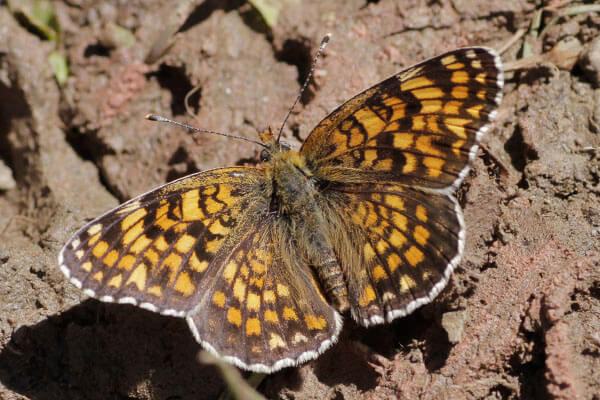
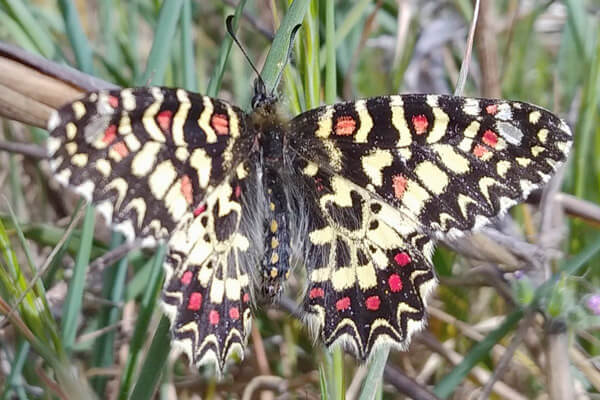
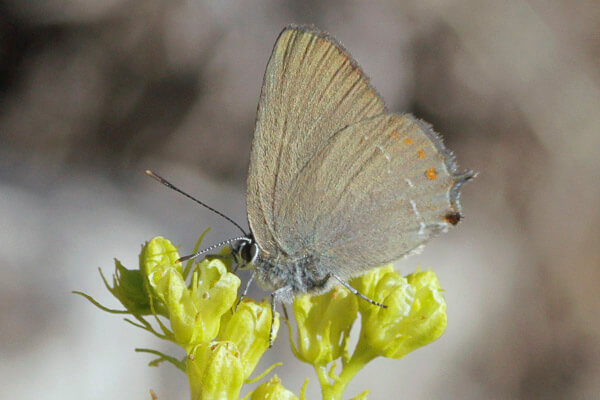
The habitats and plantlife are varied and blessed by the geographical location, altitudinal range, mild weather and the biotic limestone soils.
The Serranía de Ronda homes an interesting butterfly community is demonstrated by the +70 common species found here. This represents nearly the half of the whole southern Spain, which has some 150 species.
Ronda's butterflies month by month
Any day in deep winter, if the weather is calm and the sun shines, you are very likely to find some hibernating butterflies making the most of the day heat. This involves Cleopatra, Brimstone and the migratory Painted Lady.
One of the first butterflies that flies in winter is the Large Tortoiseshell. Any sunny day in February, walk near old almond trees and you are likely to to perceive its powerful flight.
Another early butterfly is the Provencal Hairstreak, which in Europe limits its range to Southern Iberia and a narrow are in France. This one is best sought in late March, alongside Southern Scarce Swallowtail and the very conspicuous Spanish Festoon. At the same time of the year, both Green and Chapman's Green Hairstreak are also on the wing.
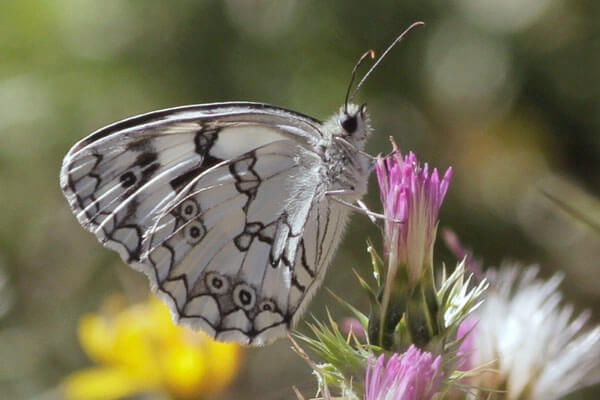
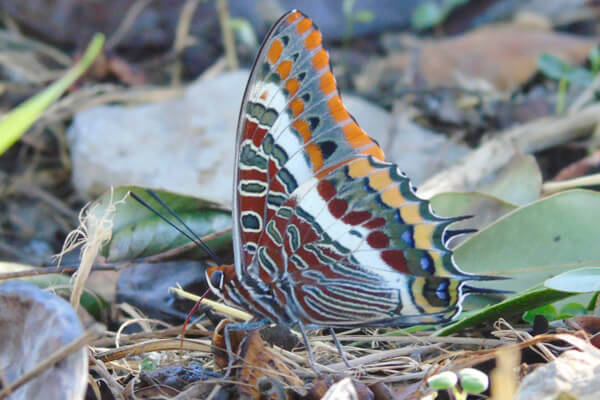
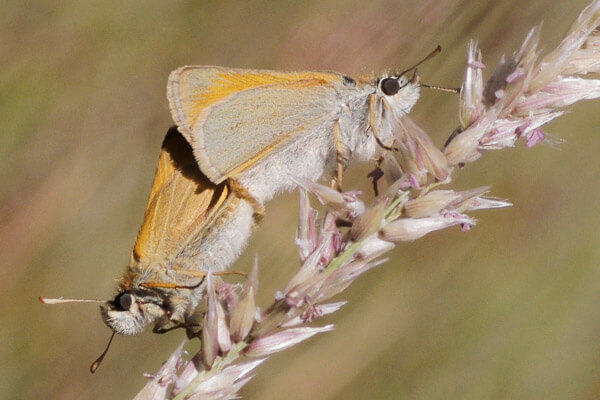
But it is in April when a large number of species start to fly, encouraged by the rapid growth of the early spring flowers. False Baton and Lorquin's Blues are very localized species that fly then.
May is probably the best moment of the year to find good number of both butterflies and species on the wing. Black-veined Whites can be quite numerous and a joy to watch! But perhaps it is the Fritillary family that catches our attention more. In the Serranía de Ronda we have monitored 6 of these. The Atherie Fritillary is the most localized one and its host plants suffer a terrible habitat lost. More common are both the Knapweed and the Spanish Fritillaries, two of the most beautiful species in the region. Panoptes Blue, Spanish Gatekeeper and Sage Skipper are other emblematic species locally in May.
As the temperatures rise in June, the butterfly activity rises in altitude. It is then that they need to be found in the Sierra de las Nieves or at the fresher valleys of the Sierra de Grazalema. Iberian Marbled White, False Ilex Hairstreak and Clouded Yellow are common. Even Monarch can be seen as they try to expand their range from their coastal colonies.
Deep summer is highly productive above 1000 m altitude. The hipparchia genus finds here its best moment to fly. Spanish Chalk-hill Blue and Cardinal Fritillary can be seen easily. The highest altitudes of the Sierra de las Nieves will produce species such as Geranium Argus, Silver-studded Blue and Mother-of-Pearl Blue.
Many species can also be found here by late summer and autumn. At the end of the autumn it is possible to witness irruptions of Painted Lady and Red Admiral.
Best time to look for butterflies
As the graph below shows, the best period to look for butterflies in the Serranía de Ronda starts in March and extends until mid July. For more comfortable temperatures and to combine well with plants, wildflowers and wildlife we recommend April, May and early June.
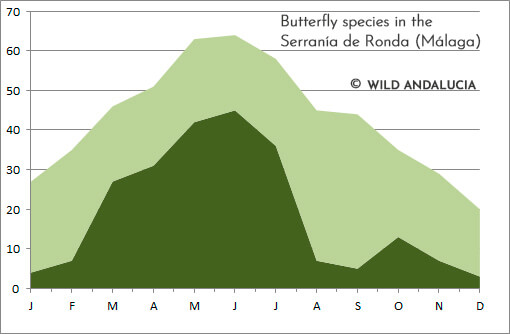
In spring a naturalist can easily find beautiful species such as Spanish Gatekeeper, Cleopatra, Spanish Marbled White, Spanish Festoon, Provence Orange-tip, Black-eyed Blue and Common and Scarce Swallowtails.
Some species are very localized and restricted to the mountain ranges south of the Guadalquivir (named béticas). Among these we can find Provence Hairstreak, Large Tortoiseshell, Lorquin's Blue and Spanish and Aetherie Fritillaries.
Some of the species shown on the butterfly checklist are unique to southwestern Andalucía and north Africa. Other species are to be found mainly in the karst sierras, such as the iconic Spanish Fritillary or several blues. Aetherie Fritillary is a Grazalema's local speciaty, and likewise Geranium Argus in Sierra de las Nieves.
The Two-tailed Pasha (above, center) is perhaps the most iconic butterfly to find in the Serranía de Ronda because of its large size and striking colours.
Have a look at our gallery of the butterflies of Southern Spain.
WALK WITH A BUTTERFLY EXPERT
We offer butterfly trips from Ronda. Down at the Costa del Sol, José Manuel Moreno guides insect trips. At the Strait of Gibraltar and Estepona we highly recommend biologist Florient Prunier. In Grazalema our friend Sue Eatock has unrivalled insect and botanical knowledge.
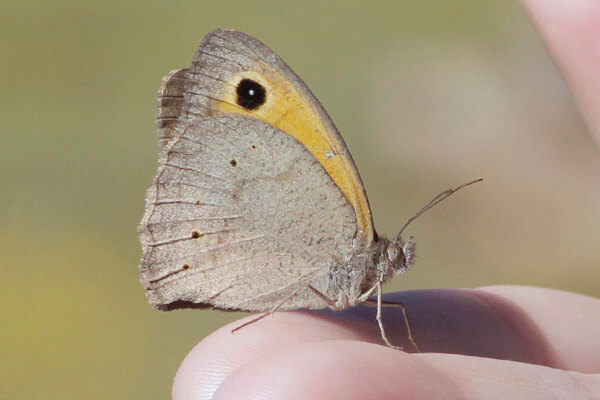
- Serranía de Ronda: Álvaro Peral, wildhola(at)gmail(dot)com
- Sierra de Grazalema: Sue Eatock, natureplus.grazalema(at)gmail(dot)com
- Costa del Sol and Sierra de Tejeda: José Manuel Moreno, conocenaturaeco(at)gmail(dot)com
- Estepona and Gibraltar: Florent Prunier, florent.prunier(at)yahoo(dot)fr